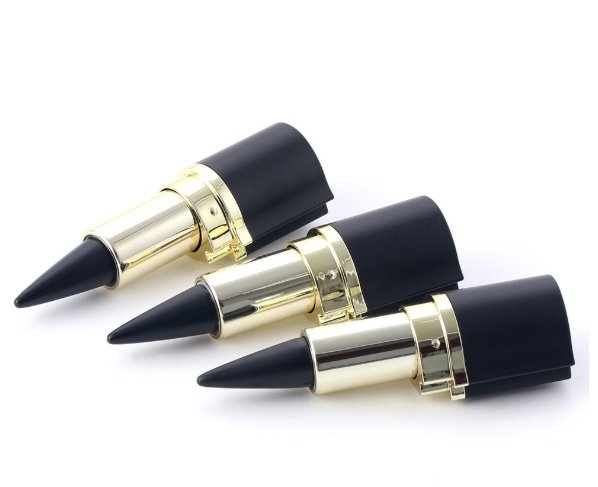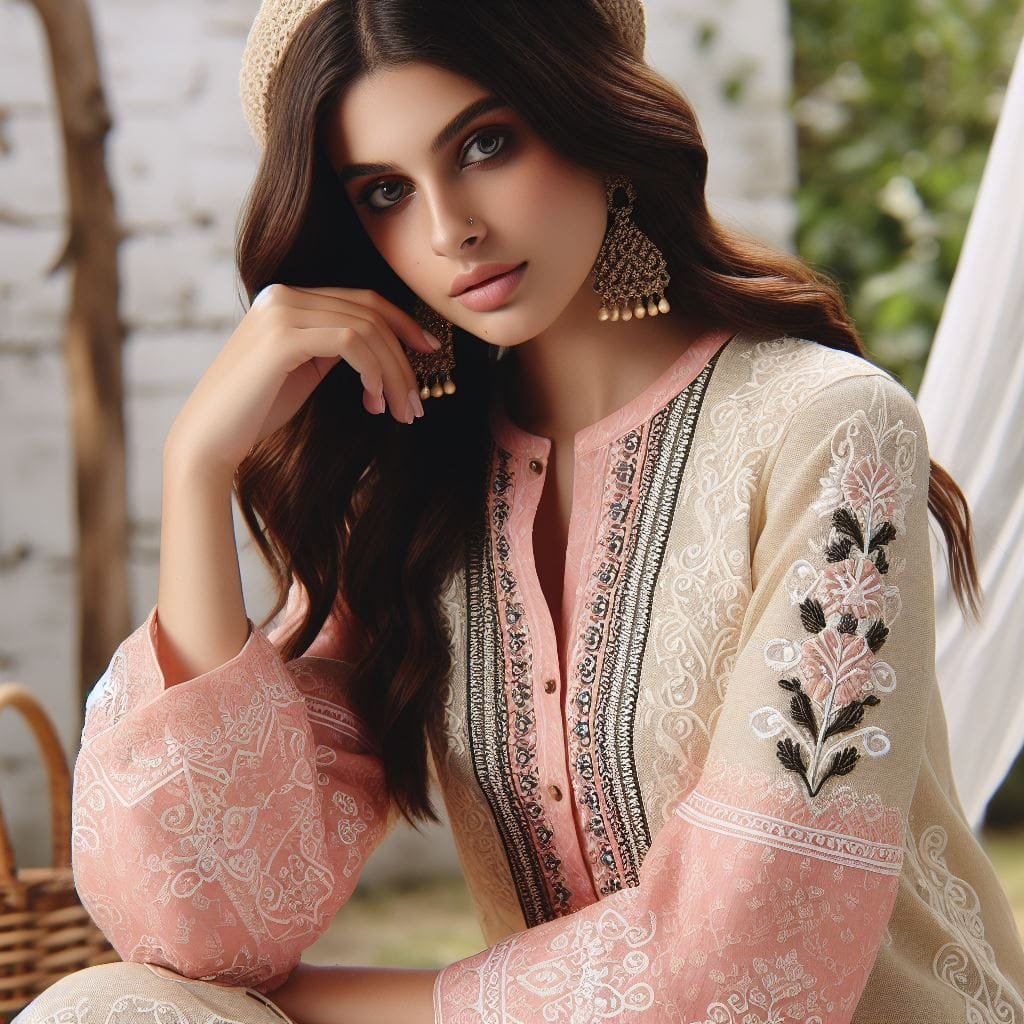YOUR FAVOURITE EMOJI
Blondes with minimalistic
tendencies to vintage
From athleisure-inspired looks to tailored silhouettes, explore a diverse range of styles that elevate your wardrobe game.
Fashionable fit trend style
best sport women wear
Embracing the Trendy Style Revolution. Stay ahead of the curve with the latest fit trends that merge fashion and functionality.
Blondes With Minimalistic
Tendencies To Vintage
Let your blonde locks shine alongside your minimalist wardrobe, embodying timeless grace with every ensemble.
Fashionable Fit Trend Style
Best Sport Women Wear
Embracing the Trendy Style Revolution. Stay ahead of the curve with the latest fit trends that merge fashion and functionality.
FEATURED PRODUCTS
Experience luxury redefined with Shehzi Creations. Upgrade your world today!
OUR CATEGORIES
" Elevate your style and experience luxury across every facet of your life with Shehzi Creations."
OUR BESTSELLERS
Discover Our Best Sellers Elevate Your Style with Shehzi Creations
CUSTOMERS REVIEWS
"Absolutely thrilled with my Shehzi Creations purchase! The craftsmanship and attention to detail are unparalleled. From the moment I received my order, I knew I was holding something truly special. The jewelry pieces are exquisite, the eyewear is sophisticated, and the furniture is elegant. Shehzi Creations has truly exceeded my expectations!"
"Exciting News: Shehzi Creations Launches Exclusive Spring Collection! Dive into the season with our latest lineup of stunning jewelry, chic eyewear, stylish footwear, premium beauty care, sophisticated watches, and elegant furniture. Elevate your style and embrace the essence of luxury with Shehzi Creations' newest arrivals. Explore now and make this spring unforgettable!"
"Breaking News: Shehzi Creations Unveils Revolutionary Smartwatch Line! Experience the fusion of style and technology with our cutting-edge smartwatches, designed to elevate your lifestyle. Stay connected, track your fitness goals, and exude sophistication with every glance. Explore our latest innovation and redefine what it means to be fashion-forward."
OUR LATEST NEWS
"Stay Updated with Our Latest News: Dive into the world of Shehzi Creations and discover our newest releases, exclusive offers, and behind-the-scenes insights. From fashion trends to lifestyle tips, explore our blog for fresh content that inspires and informs. Don't miss out on the latest updates from Shehzi Creations."
Precision on Every Route: Top Sport Climbing Shoes for Peak Performance
-
Posted by
dearasifin
- 0 comments
Fitness Fanatic? Best Smartwatches for iPhone and Your Health (2024)
-
Posted by
dearasifin
- 0 comments
Chic Carry-Alls: Stylish Leather Shoulder Handbags for Women
-
Posted by
dearasifin
- 0 comments







































